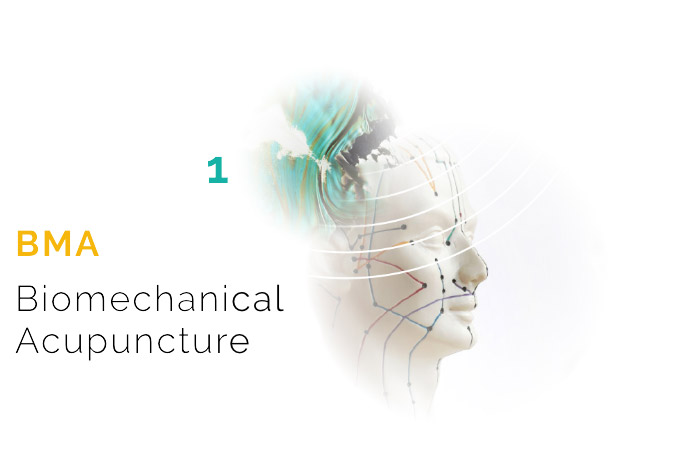Therapy

1 Biomechanical Acupuncture (BMA)
Biomechanical Acupuncture is a modern form of muscular skeletal Acupuncture developed by Ulli Wiesmann over the last 25 years. Biomechanical Acupuncture deals with dysfunctional points of soft and connective tissue, which are called tension points. Tension points are characterized by unnatural tissue density and tractional properties. They are found in muscle, ligament, tendon and fascia tissue.
Tension points – localized pain
Tension points exert unphysiological pressure on blood vessels, lymphatic channels, nerves
and inter- as well intracellular space. They interrupt the local metabolism and thereby cause biochemical irritation or inflammation. They can also cause local or referred pain.
Tension point shorten the tissue they are located in and exert unphysiological traction on connected skeletal joints or vertebrae. These forces limit the skeletal movement capacity and cause pain, fatigue or lack of strength.
Diagnostic Palpation – a survey of dysfunctional tissue structures
The foundation of Biomechanical Acupuncture is an extensive diagnostic palpation process, where individual tension points and complex tension point networks are assessed.
Gentle needle technique vs pain
Biomechanical Acupuncture requires the use of a gentle and precise needle technique called Precise Density Needling. The needles are inserted into the core of a tension points in order to soften the unnatural hardened point of tissue, increase the blood supply, normalise the local metabolism and restore tissue elasticity.
The gentle needle technique allows the treatment of complex tension point structures, which are at the heart of many chronic painful muscular skeletal disorders.